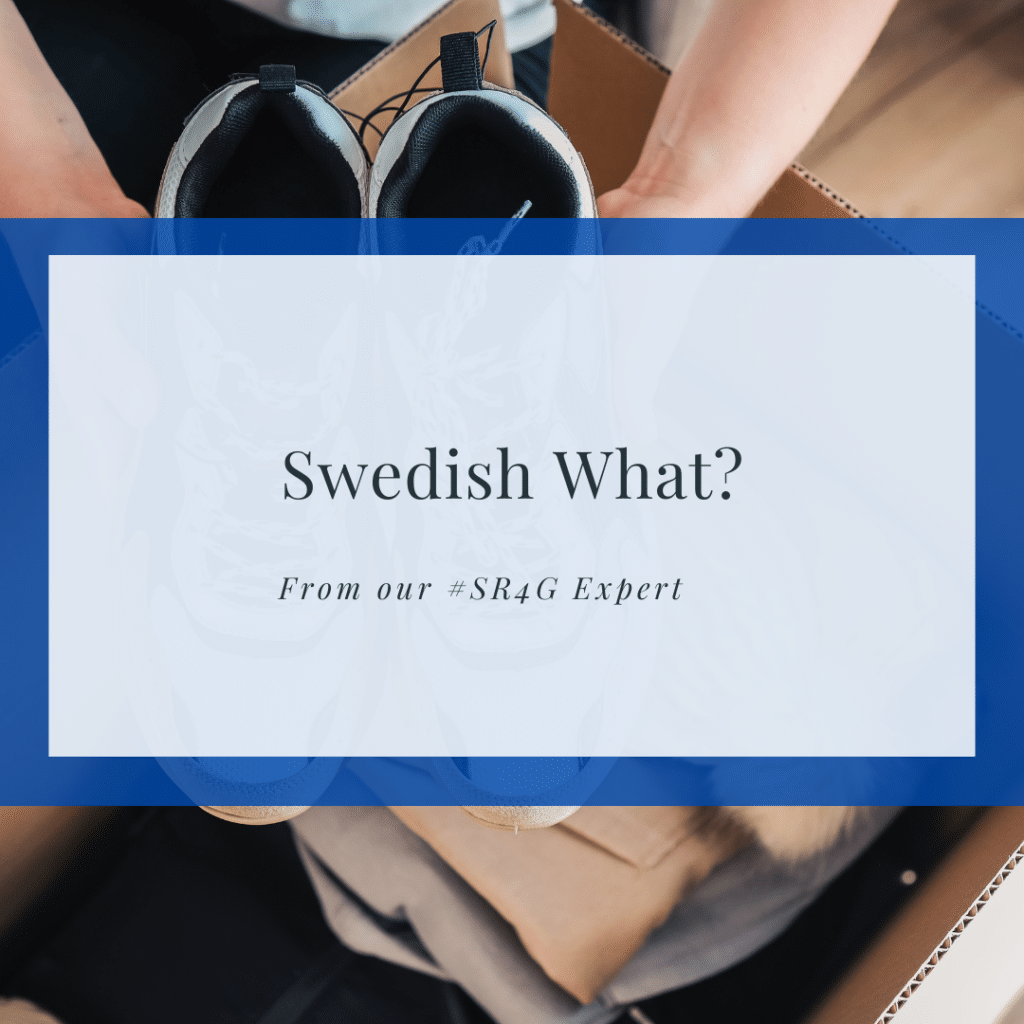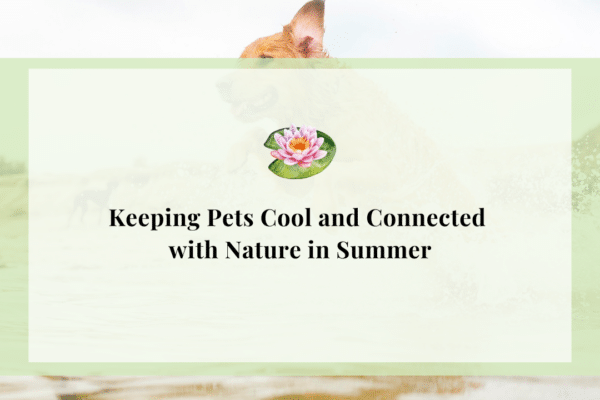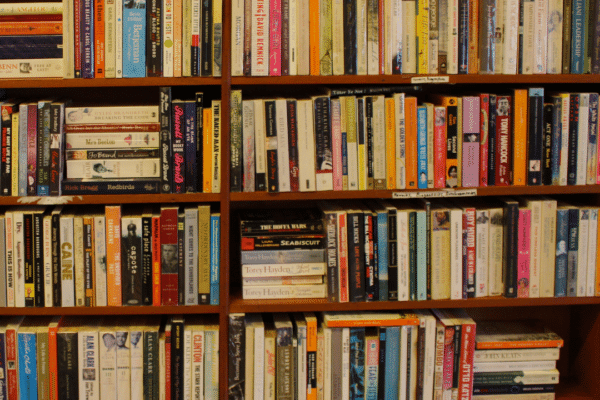
Occasionally I get calls from overwhelmed clients who just lost a parent and have found themselves with a house full of stuff that they have to deal with. While the client grieves, they are burdened making millions of decisions about every item in the home. It is challenging, in part, because what may look like a collection of random twist ties to some, could represent the love and care that went into making hundreds of school lunches for the client. While someone is mourning the loss of a parent, even the most mundane item can bring a flood of emotions. My goal is to give the client space to mourn their loss while I do the physical work of emptying the space.
Even the clients who downsize a few years prior to moving, when they are agile and in good health, can still struggle with letting go of things. Our things represent careers and life accomplishments that identify who we are. As we let go of the items, we are accepting that we are no longer a little league parent, or an active professional. This is a natural, healthy part of life as our habits and activities evolve, but it is still hard.
One method of downsizing is called döstädning, a practice made popular in the book The Gentle Art of Swedish Death Cleaning, by Margareta Magnusson, published in 2018. While this sounds a little morbid, it promotes decluttering and downsizing as something that is practiced throughout life, not left for the very end. This allows one to be thoughtful about what is not kept and where it goes – and to ‘curate’ the things they want in life.
One tip Magnusson offers is the idea of having a “Throw Away” box. This is a place where she can keep things that bring her joy and meaning but will have little value to anyone else. Maybe a napkin from a first date with their spouse, a lock from their child’s first haircut – things that are special, but not valuable in a monetary sense. The “Throw Away” box gives the people who are clearing out a space permission to toss everything with no guilt. Of course, they have the choice to look inside the box and might enjoy seeing those things, but they automatically know that it does not contain any diamonds, and that mom will not be offended if you throw out your baby teeth.
Many of my clients love the fact that I will make donations for them. I work with several organizations that give things to people in need at no charge. Many of us find it easier to part with things when we know they are going to people who can really use them – versus dumping them in a random bin somewhere and hoping for the best. Along these lines, Magnusson promotes the idea of thoughtfully gifting things to people in your life so you can see them enjoy it. (That said, I think it is important to give with no strings attached – to avoid burdening loved ones with an obligation to keep something we gave them.)
Magnusson offers ideas for approaching certain categories of items such as clothes, books, cookbooks, or kitchen utensils. What I appreciate about her approach is that it is not about forcing yourself to go without, or shaming anyone for having stuff, but instead is a way to stay mindful about our surroundings and remember to check-in with ourselves about what is important in life, every day!
If you want to brainstorm on where to donate something – let me know! I love to connect things with people who will really benefit from them! Christine@Think-Organized.com


